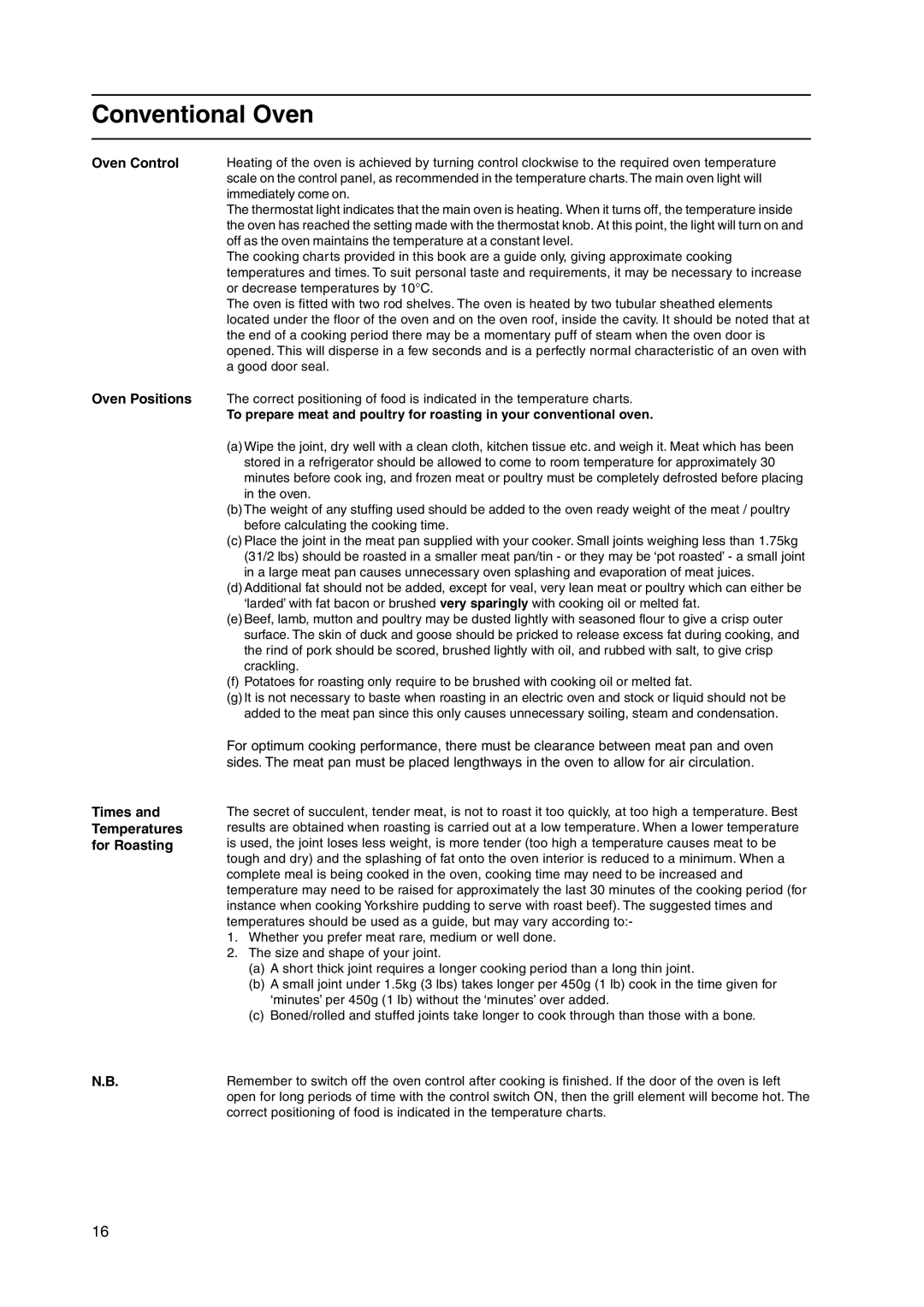HW150EW specifications
The Hotpoint HW150EW is a high-efficiency washing machine designed to meet the demands of modern households. With a robust set of features, this appliance stands out in the competitive market of laundry machines. One of its key characteristics is its capacity, accommodating up to 7 kg of laundry, making it ideal for small to medium-sized families.This model boasts an impressive 1500 rpm spin speed, ensuring that clothes come out drier and needing less time in the dryer. The higher spin speed is particularly beneficial for reducing drying times, saving both energy and time in the laundry process.
A standout feature of the Hotpoint HW150EW is its range of washing programs. The machine offers 16 different programs catering to various fabric types and laundry needs. From delicate cycles for silk and lace to intensive options for heavily soiled clothing, users can easily find the right setting for their laundry. Moreover, the Rapid Wash function allows users to clean lightly soiled laundry in just 30 minutes, perfect for busy households.
In terms of energy efficiency, the HW150EW boasts a high energy rating, which is crucial for eco-conscious consumers. It effectively reduces energy consumption while still delivering excellent washing results. The machine's A+++ energy rating demonstrates its commitment to sustainability without compromising performance.
Furthermore, the Hotpoint HW150EW incorporates advanced technologies, such as the Anti-Stain technology that helps remove difficult stains without the need for additional treatments. This technology automatically adjusts the washing parameters to tackle specific stains while preserving fabric integrity.
User-friendliness is another hallmark of this model. An intuitive digital display and controls make it easy to navigate settings, while options like delay start allow for flexible laundry scheduling. The machine is also designed with noise reduction in mind, ensuring that it operates quietly, making it suitable for apartment living.
Finally, safety features such as child lock and flood protection add an extra layer of reassurance for users. Overall, the Hotpoint HW150EW is a feature-rich washing machine that combines efficiency, performance, and convenience, making it a smart choice for any household. Its blend of technology and usability ensures that laundry day can be both effective and efficient.
